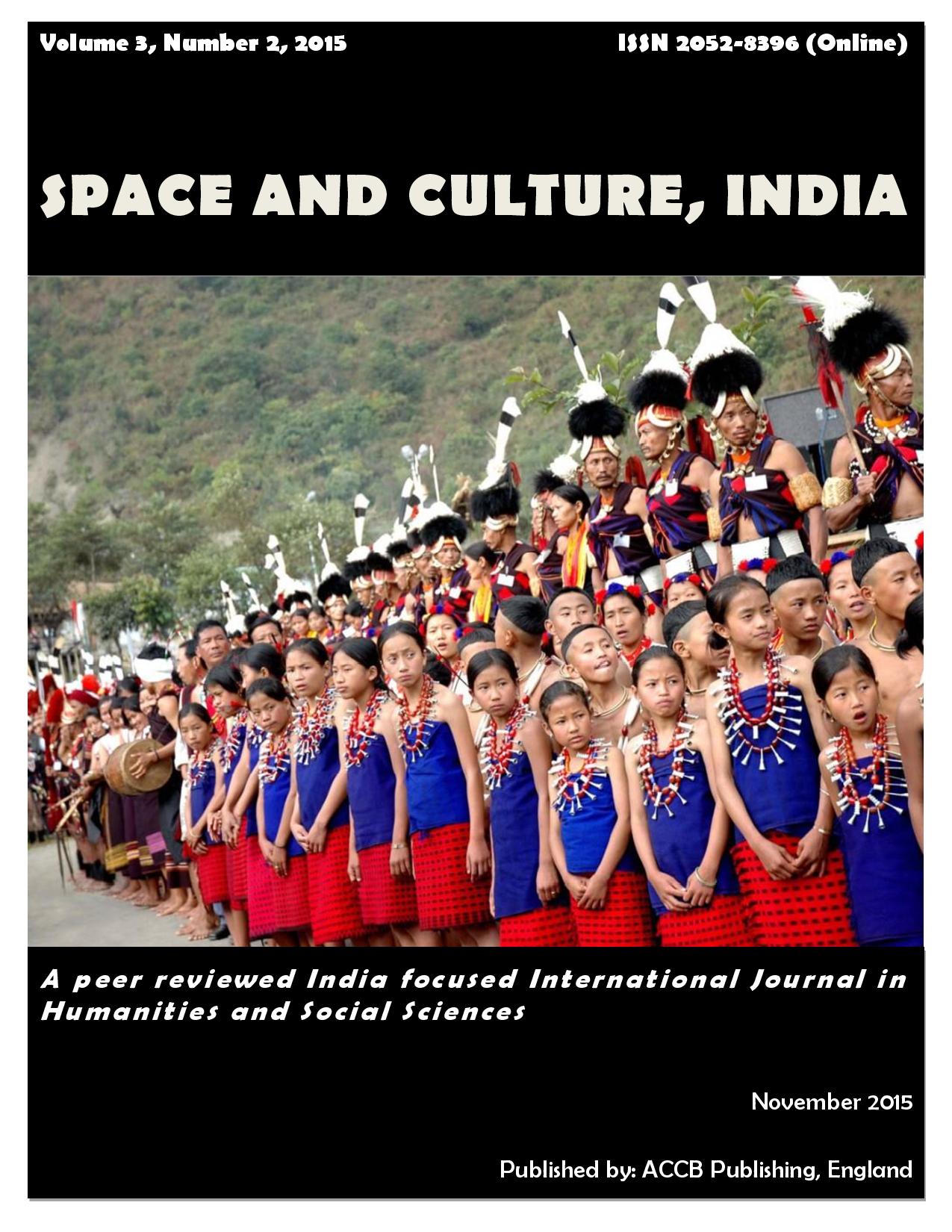Muga Industry—A Pride of Assam: An Estimation of Employment Generation, Kamrup Distric

Abstract
For any development strategy, sustainable employment should be an important goal. Seemingly, one of the major objectives of macroeconomic policies in developing countries is to create jobs for the poor. Sericulture, with its vast potential for employment generation in rural areas can play a vital role in poverty alleviation. In the said context, and using employment-based analysis (EBA) method, the key aim of this article is to estimate the employment generation potential of the Muga industry in Assam, the findings of which may be useful for policy makers.
Keywords
Sericulture, mulberry, eri, muga, employment based analysis, man-days, cocoon, Assam
Author Biography
Manisha Bhattacharyya
Economics
Chandrama Goswami
Department of Economics
References
Bhattacharyya, R. (2009). Examining the Changing Status and Role of Middle Class Assamese Women: Lessons from the Lives of University Students, PhD thesis, Newcastle University, UK.
Bhattacharyya, R. and Vauquline, P. (2013). A Mirage or a Rural Life Line?: Analysing the Impact of Mahatma Gandhi Rural Employment Guarantee Act on Women Beneficiaries of Assam, Space and Culture, India, 1(1), 83-101.
Bhattacharyya, R., Vauquline, P. and Singh, S. (2011). Towards a Socially Sustainable India: An Analysis of National Rural Employment Guarantee Scheme, 2006. In S.K. Singh, Raj Kumar, H.P. Mathur, N.B. Singh and V.K. Kumra (eds). Energy Resources, Alternative Search and Sustainable Development, New Delhi: Shree Publishers, 73-88, ISBN: 978-81-8329-395-2
Blades, D. Ferreira, F.H.G. and Lugo, M.A. (2011). The Informal Economy in Developing Countries: An Introduction, Review of Income and Wealth, Special Issue, S1-S7.
Bhuyan, Zona (2013). An Urban-Spatial Analysis of the Women in the Informal Sectors of Greater Guwahati City of Assam, India, Space and Culture, India, 1 (1), 69-82.
Chakravorty, R., Dutta, P. and Ghose, J. (2010).Sericulture and Traditional Craft of Silk Weaving in Assam, Indian Journal of Traditional Knowledge, 9(2), 378-385.
Das, D. (2002). A Study of Muga Culture With Reference to Income and Employment Generation in Kamrup District, PhD thesis, Gauhati University.
Goodstein, E. (1999). Economics and the Environment, Prentice Hall, Englewood Cliffs, NJ.
De, U. K. and Das, M. (2010a). Scope of Ericulture in Assam: A Micro-Econometric Analysis, Journal of Agricultural Extension and Rural Development, 2(6), 106-115.
De, U. K. and Das, M. (2010b). Economics of Sericulture in Assam A Comparative Analysis of Three Cultivators, South Asia Economic Journal, 11(2), 309-336.
De, U. K. and Das. M. (2007). Ericulture as a Remedy of Rural Poverty in Assam: A Micro Level Study in Barpeta District, Munich Personal RePEc Archive, aper No. 6291, posted 14. December 2007, available at: http://mpra.ub.uni-muenchen.de/6291/1/MPRA_paper_6291.pdf (accessed 31 January 2015).
Eswarappa, K. (2011). Developmental Initiatives and Sericulture in a South Indian Village, South Asia Research, 31(3), 213-229, DOI: 10.1177/026272801103100302
Goodstein, E. (1999). Economics and the Environment, Prentice Hall, Englewood Cliffs, NJ.
Goswami, C. and Bhattacharyya, M. (2013). Contribution of Sericulture to Women’s Income in Assam - A Case Study in Goalpara District of Assam, India, International Journal of Scientific and Research Publications, 3(3), 1-6.
Goswami, C. and Bhattacharyya, M. (2014). Rural Non Farm Employment in Assam: Trends and Issues, Journal Space and Culture, India, 2 (1), 14-23.
Hussmanns, R. (2004). Measuring the Informal Economy: From Employment in the Informal Sector to Informal Employment, Working Paper No. 53, Policy Integration Department Bureau of Statistics, International Labour Office, Geneva.
Kakoti, R. K. (2012). Sericulture as well as Ericulture as a Source of Employment and Income, IJCAES Special Issue on Basic, Applied & Social Sciences, II, 370-372.
Narasaiah, Laxmi M. R. and Jaya, G. (1999). Development of Sericulture, Discovery Publishing House, New Delhi.
Omore, A., Cheng’ole Mulindo, J., Islam Fakhrul, S.M., Nurah, G. Khan, M.I., Staal, S.J. and Dugdill, B.T. (2001). Employment Generation Through Small-Scale Dairy Marketing And Processing Experiences From Kenya, Bangladesh, And Ghana, A Joint Study by the ILRI Market-oriented Smallholder Dairy Project and the FAO Animal Production and Health Division.
Rahman, A. (2013). Muga Seed, Guwahati, Assam.
Ramana, D. V. (1987). Economics of Sericulture and Silk Industry, Deep and Deep Publications, New Delhi.
Sarma, R. B. (2009). Feminist Political Economy. In Kitchin R. and Thrift, N. (eds.) International Encyclopedia of Human Geography, Oxford: Elsevier, Volume 4, 79–86.
Taylor Davis, F. (2001). Employment-based Analysis: An Alternative Methodology for Project Evaluation in Developing Region, With an Application to Agriculture in Yucatan, Ecological Economics, 36, 249-262.
Thangaule, K., Chakrabarty, A. K., Bhagawati, A. K. and Md Isa (1998).
Handloom of Muga Culture, Central Silk Board, Bangalore.
Toman, M. (1992). The Difficulty in Defining Sustainability, Resources, 106, 3-6.
Todaro, M. (1994). Economic Development, Longman, White Plains, NY.
Trainer, F. (1990). Environmental Significance of Development Theory, Ecological Economics, 2277-286.
Wells, M. and Brandon, K. (1992). People and Parks, The World Bank, Washington, DC.
UNIDO (1972). Guidelines for Project Evaluation, United Nations, New York.